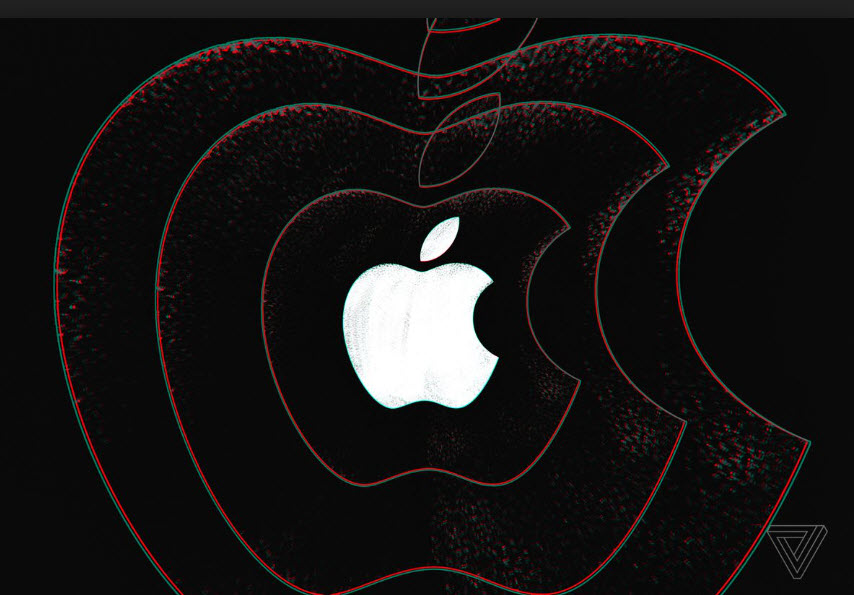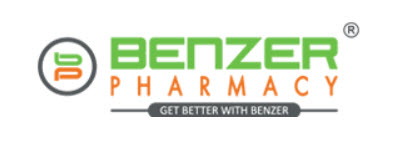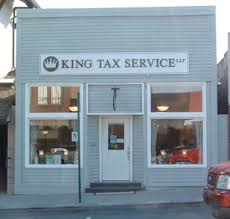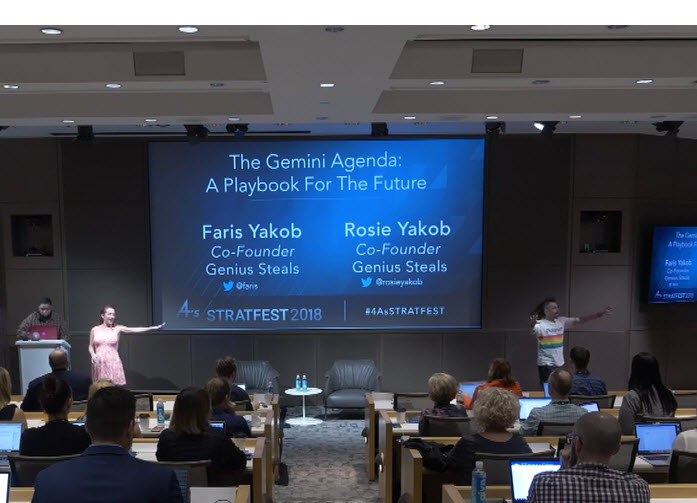Silly Billions.
Not sure I expect Apple Entertainment to be such a brand-positive venture. In fact the more I think about it, the more I expect it will not succeed. Maybe even close down in a couple of years. Entertainment is not in Apple’s wheelhouse. Devices are. Best-on-earth designs are. Entertainment in the form of movies is a hit and miss business. And Apple is not in the business of creating failures. B or even C+ movies or series will taint the brand. They will make withdrawals from the brand bank. You don’t see a lot of dog product designs being sold in the Apple stores.
The entertainment business is about herding content creators. They aren’t like designed and coders. They are not engineers. Not a lot of on and off or ones and zeros in the making of The Color Purple. Or the Star Wars franchise.
I wish Apple would stick to it’s knitting. In-home devices. Maybe medical telemetry devices. Drones. Stuff.
This event in Cupertino March 25th will be fun and newsworthy. It may even ding the Netflix stock for a few days. But the Apple brand is making a misstep in my opinion. Silly billions.
Peace.











